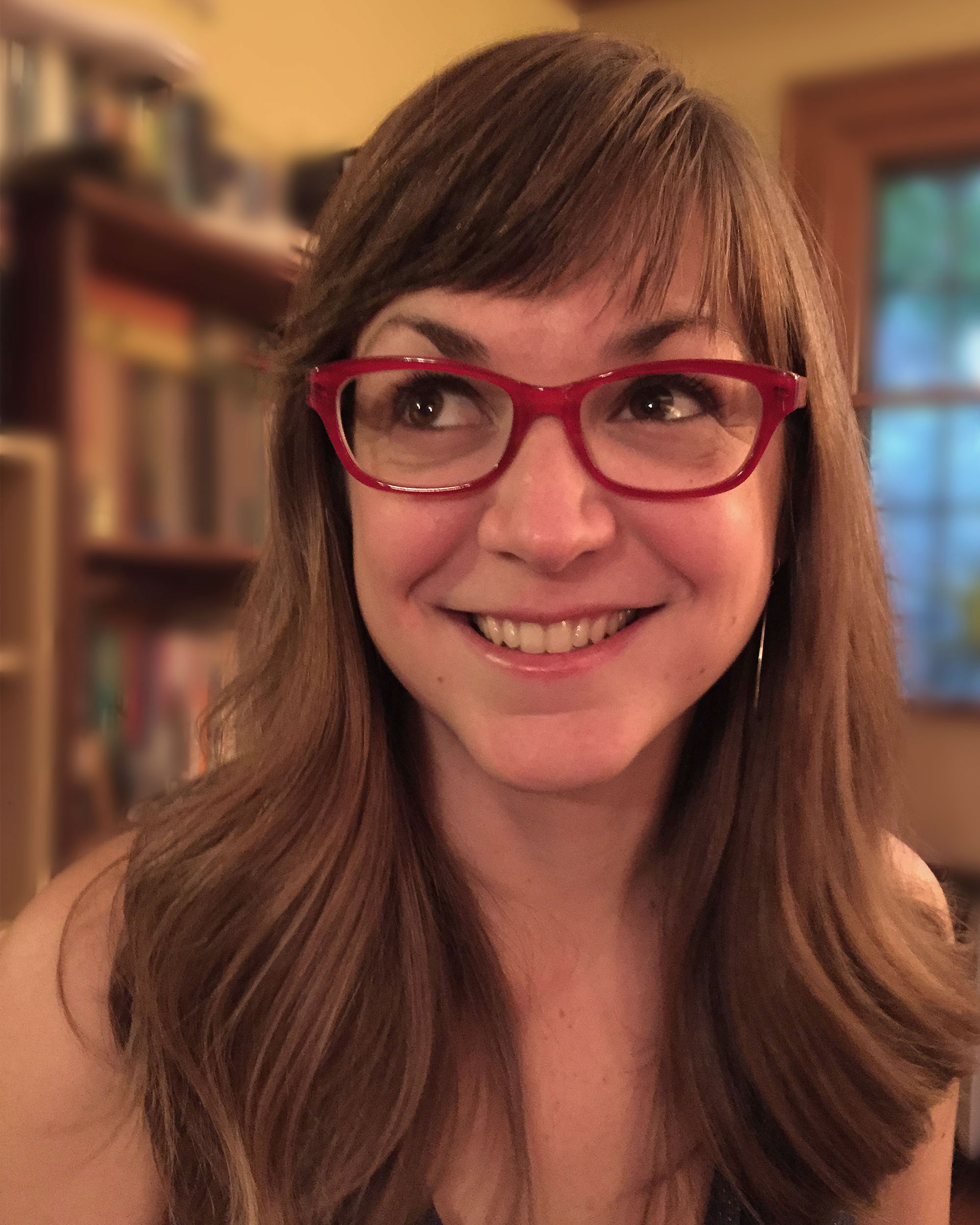Contributor Spotlight: Stephanie Kilen

Stephanie Kilen’s story “To Have and To Hold” appears in Midwestern Gothic Winter 2017, out now.
What’s your connection to the Midwest, and how has the region influenced your writing?
I’ve lived in Milwaukee, WI my entire life. Though I have longed to escape winter and broaden my experiences, the area holds me in a tight, freshly-laundered, big-bosomed embrace. The earnestness and niceness we are known for can also smother and bind, and this is the tension I like to explore in my writing.
What do you think is the most compelling aspect of the Midwest?
We wear our humility like a badge. We are proud of our work ethic, but play down our success. We let our niceness eat at us from the inside. And our climate ranges over 100 degrees. We are a culture and people firmly planted in dichotomy, which, to underline the point, betrays our seeming simplicity.
How do your experiences or memories of specific places—such as where you grew up, or a place you’ve visited that you can’t get out of your head—play a role in your writing?
West Allis, a suburb of Milwaukee, where I grew up, is a blue-collar town full of corner taps and basement rec room bars. My childhood is a blur of stale beer smell, ash trays and cloth cigarette cases, vinyl bar stools, the heavy South-side Milwaukee accent, beef jerky, pickles and the occasional full-sized candy bar. When I was young, I could only wade through the senses of these scenes. As an adult and a writer, I’m trying to envision the lives and stories of the people who gathered there. I imagined the narrator of “To Have and To Hold” telling the story at a bar stool with a Schlitz tap and a cigarette.
Discuss your writing process — inspirations, ideal environments, how you deal with writer’s block.
Most of my stories ideas come from asking the question “What oddness could shake up this nice Midwestern woman’s life?” The answer has been a gadget that’s an arm, clowns, stripper boots and voluntary imprisonment. I usually start from a place of whimsy and write toward a dark place, and it’s hard to keep humor out of that journey. I spend a lot of time thinking and trying to find a voice before I actually sit down to write, so when I do, it often flows fairly strongly at first. But as the current slows, I just keep asking myself, “And then what happens?” focusing just on the next small gesture. When I get really stuck, I end up taking my laptop to a bar. My editor voice is kept busy blocking out what is going on around me, and when I need inspiration, there’s always plenty of eavesdropping to be had.
How can you tell when a piece of writing is finished?
When I can read a piece and feel like someone else wrote it, like I can seamlessly travel along with the main character and see everything about the story like one of my own memories, when none of my sentences bug me, then I let it sit for a few months. Anything that is still not quite right rises up when I take a look at it again and then, maybe, it’s “finished.”
Who is your favorite author (fiction writer or poet), and what draws you to their work?
I love the way Michael Ondaatje uses a sort of literary synesthesia in his descriptions. Every day I’m trying to write emotion as Anthony Doerr does in his short stories. He’s so good at capturing the nuance of our experiences that lies between the standards of happy, sad, anger, grief. And I’m crazy about contemporary, female, magical realists like Amy Hempel, Amiee Bender, Kellie Wells, Sarah Shun-Lien Bynum, etc. If your brain is wired a certain way, that oddness that is called “magical” is just part of reality.
What’s next for you?
I’m trying to finish up a novel I’ve been working on for a few years. It’s speculative lit and very different from everything else I write.
Where can we find more information about you?
My website is http://www.stephkilen.com and I use my Twitter account as a morning writing exercise, tweeting my dream recaps @sekilen






